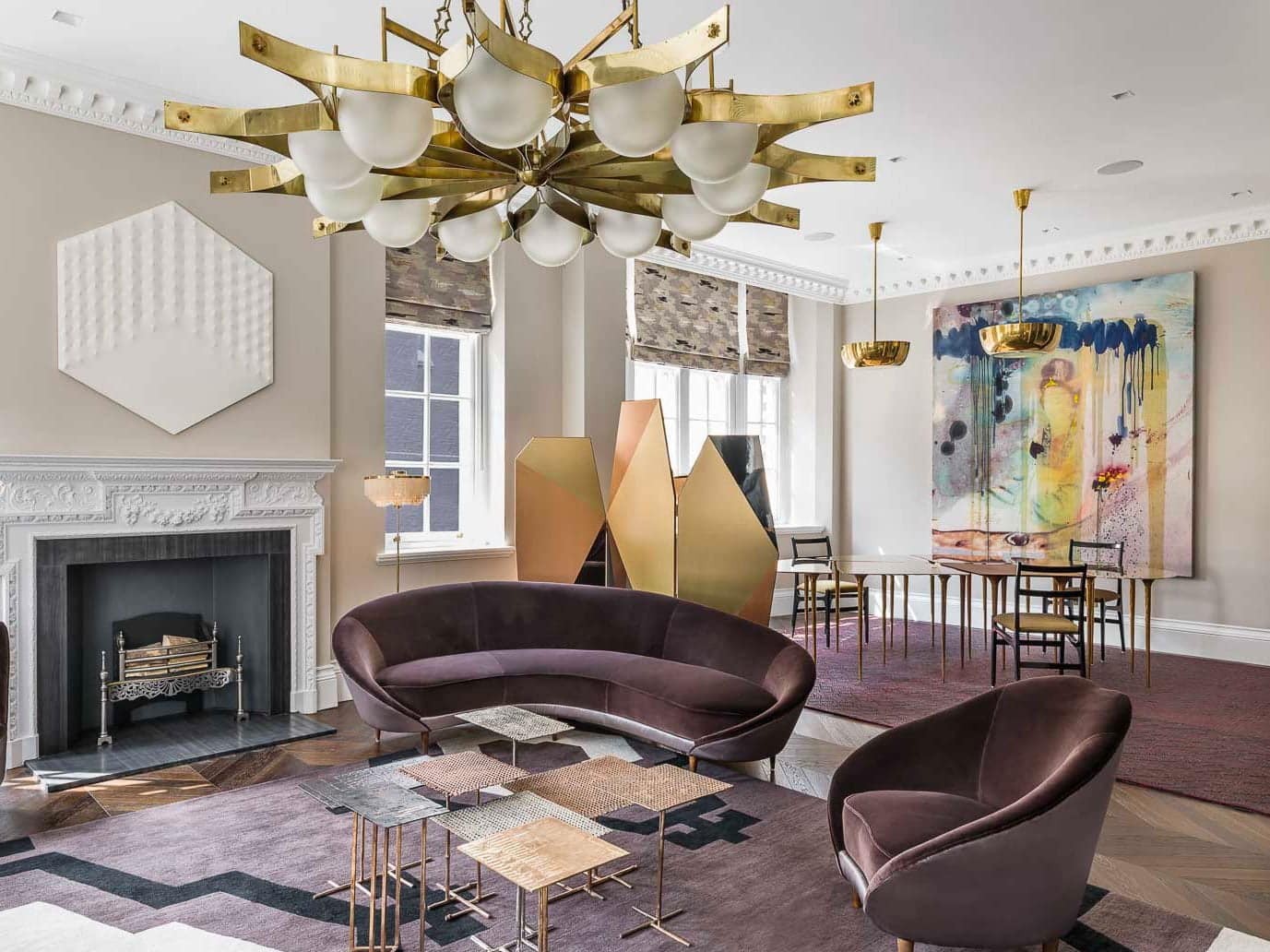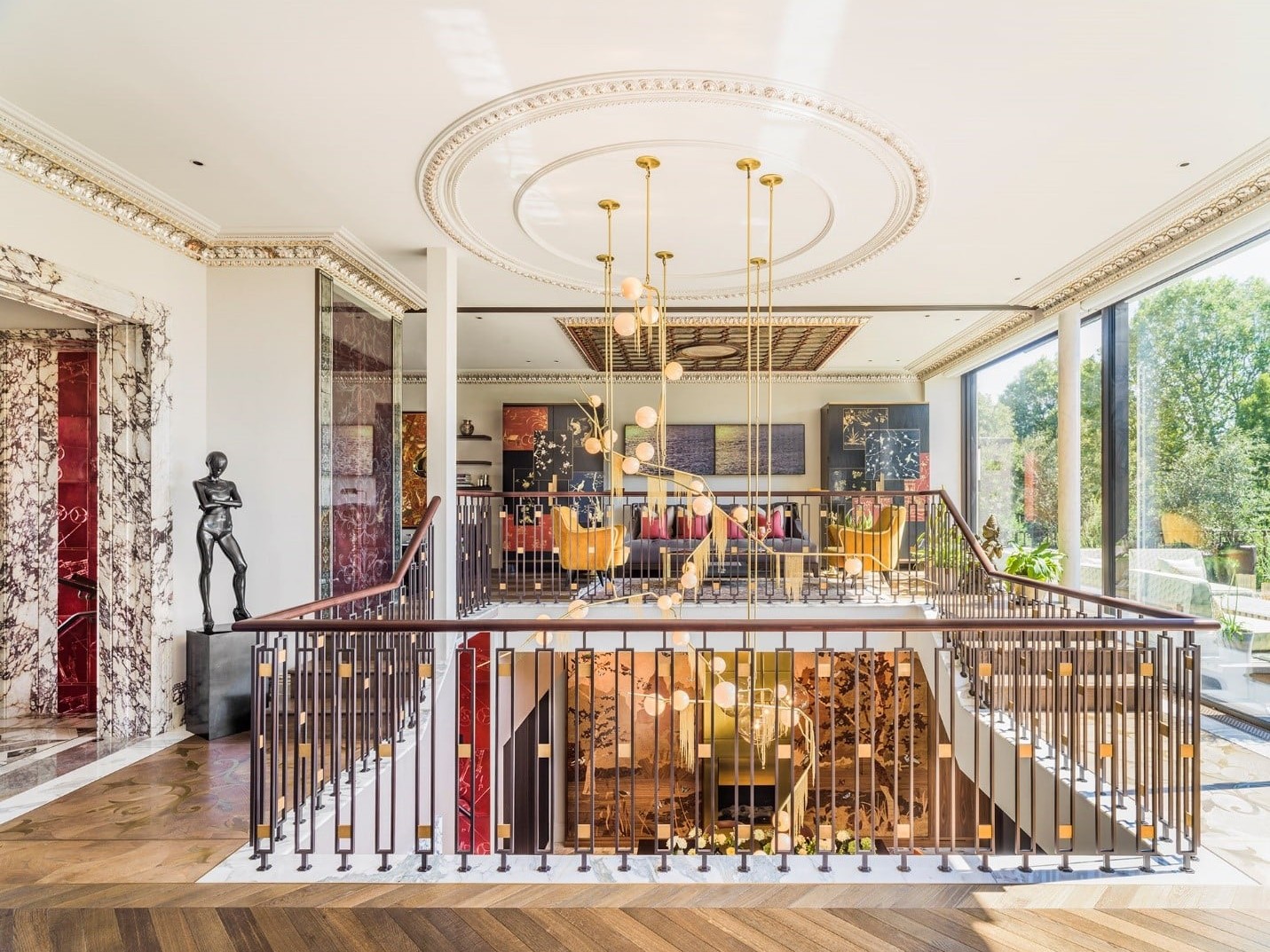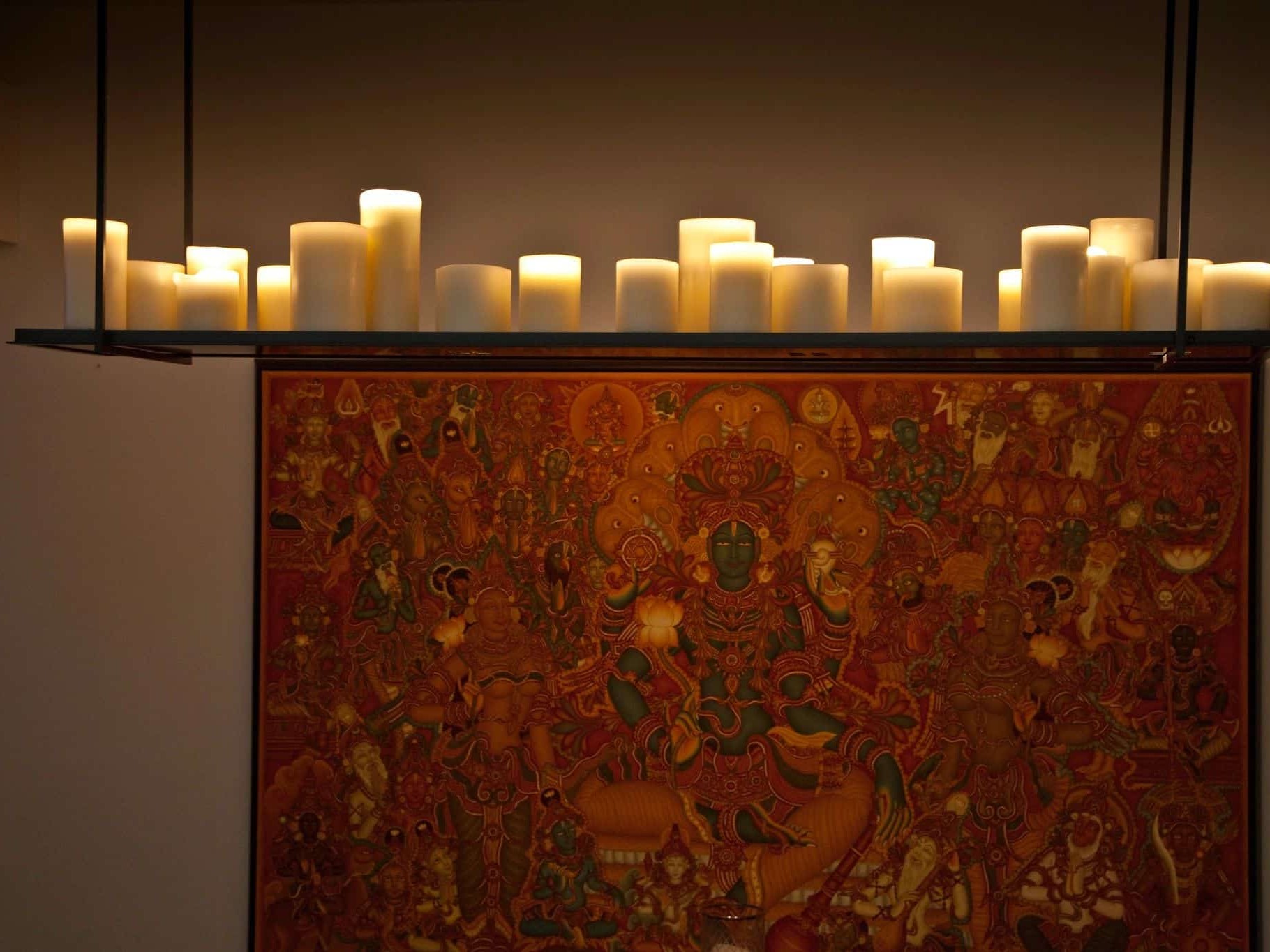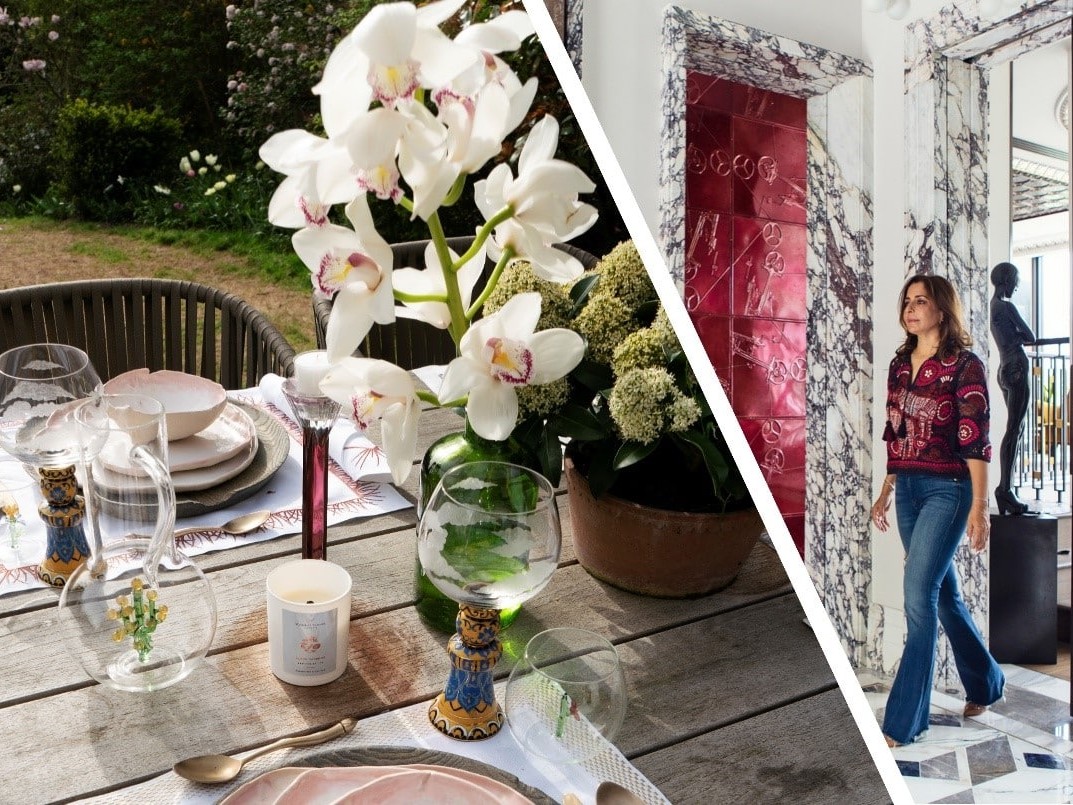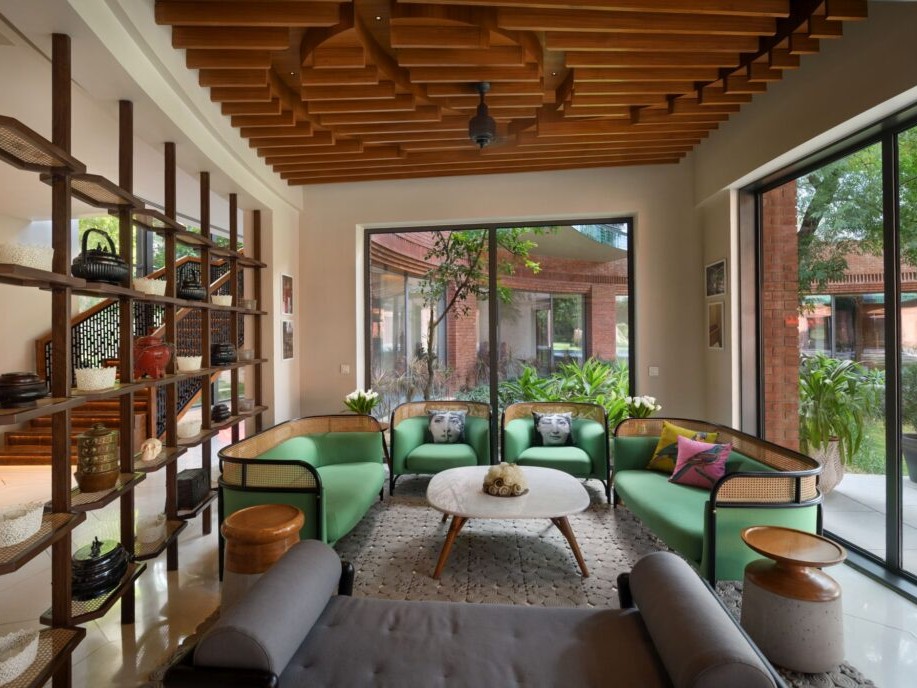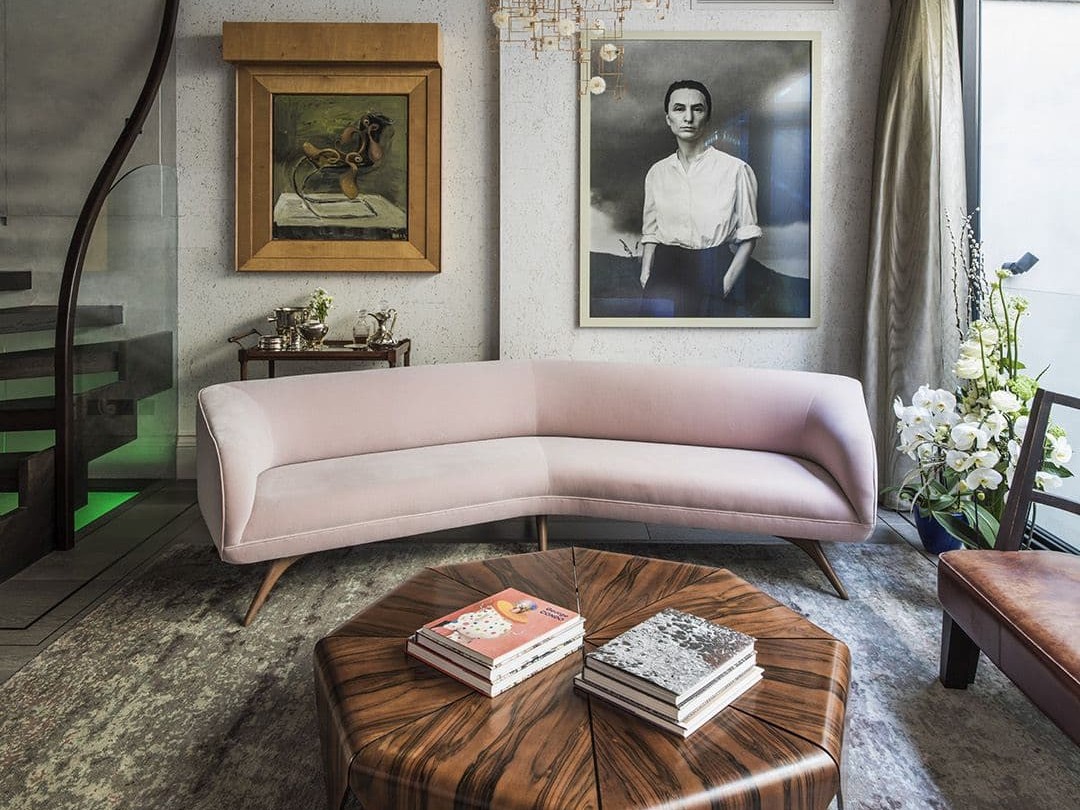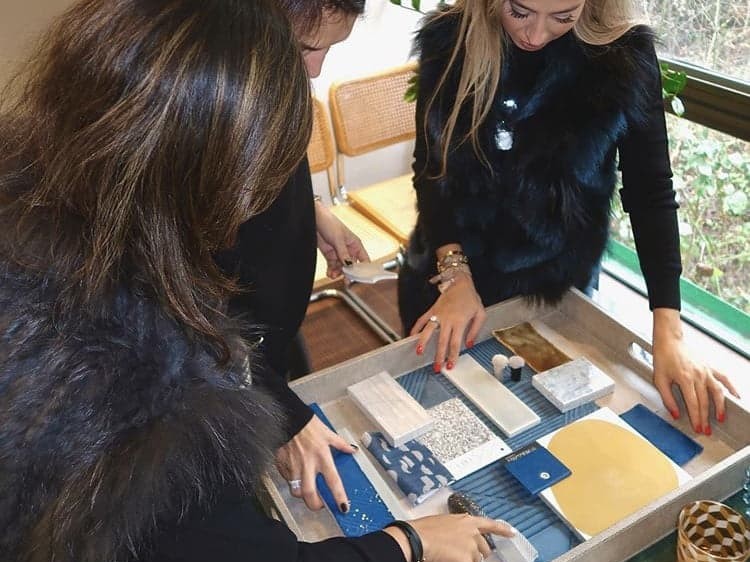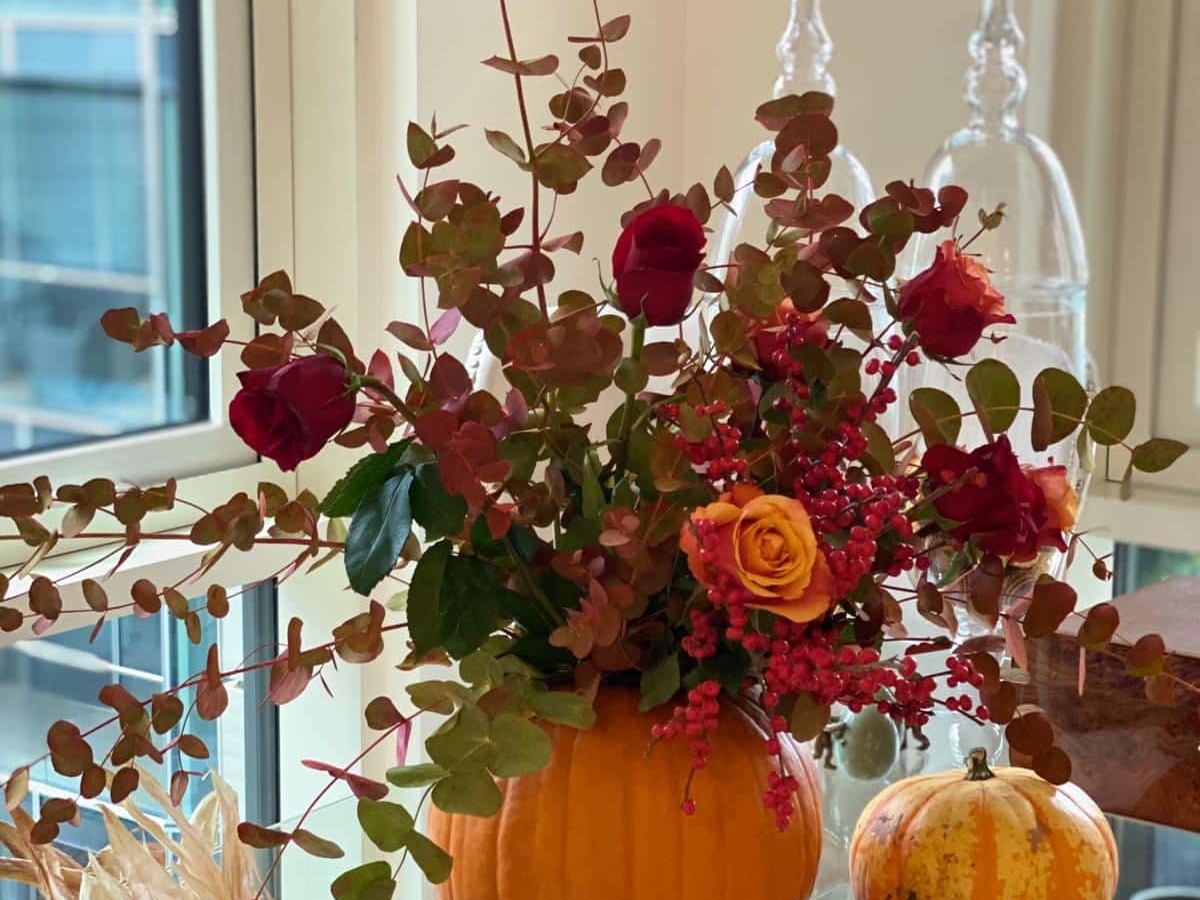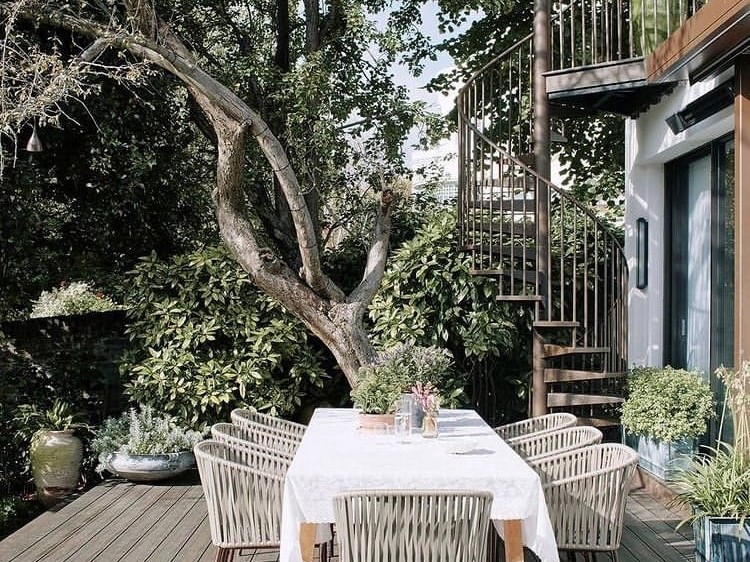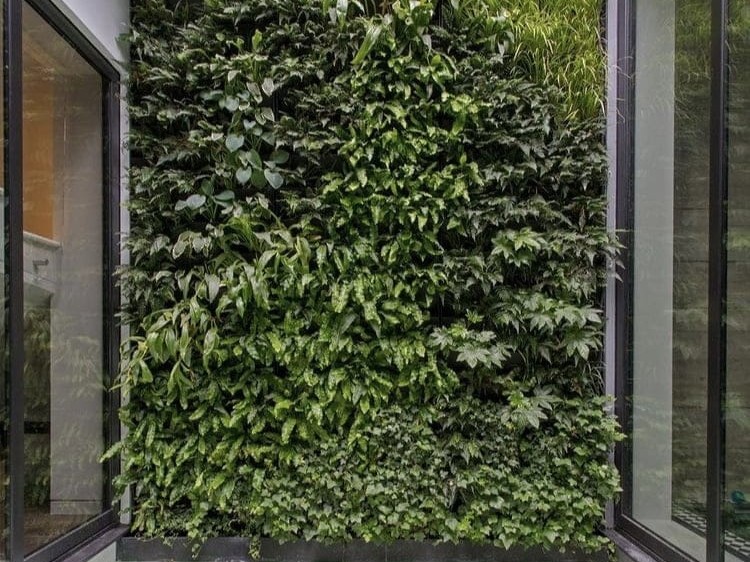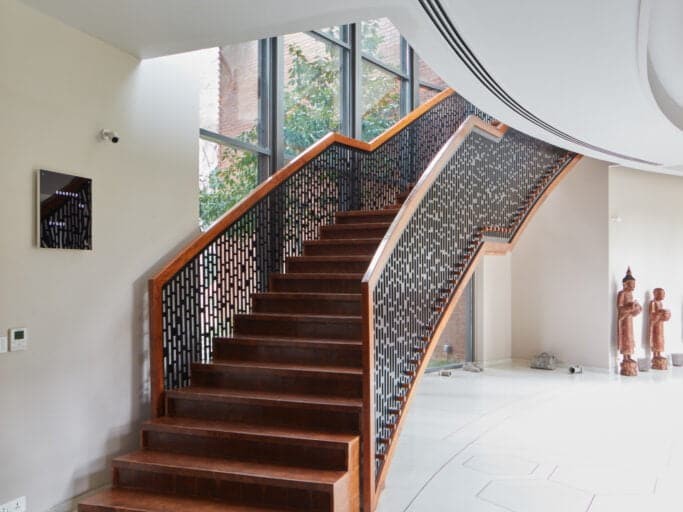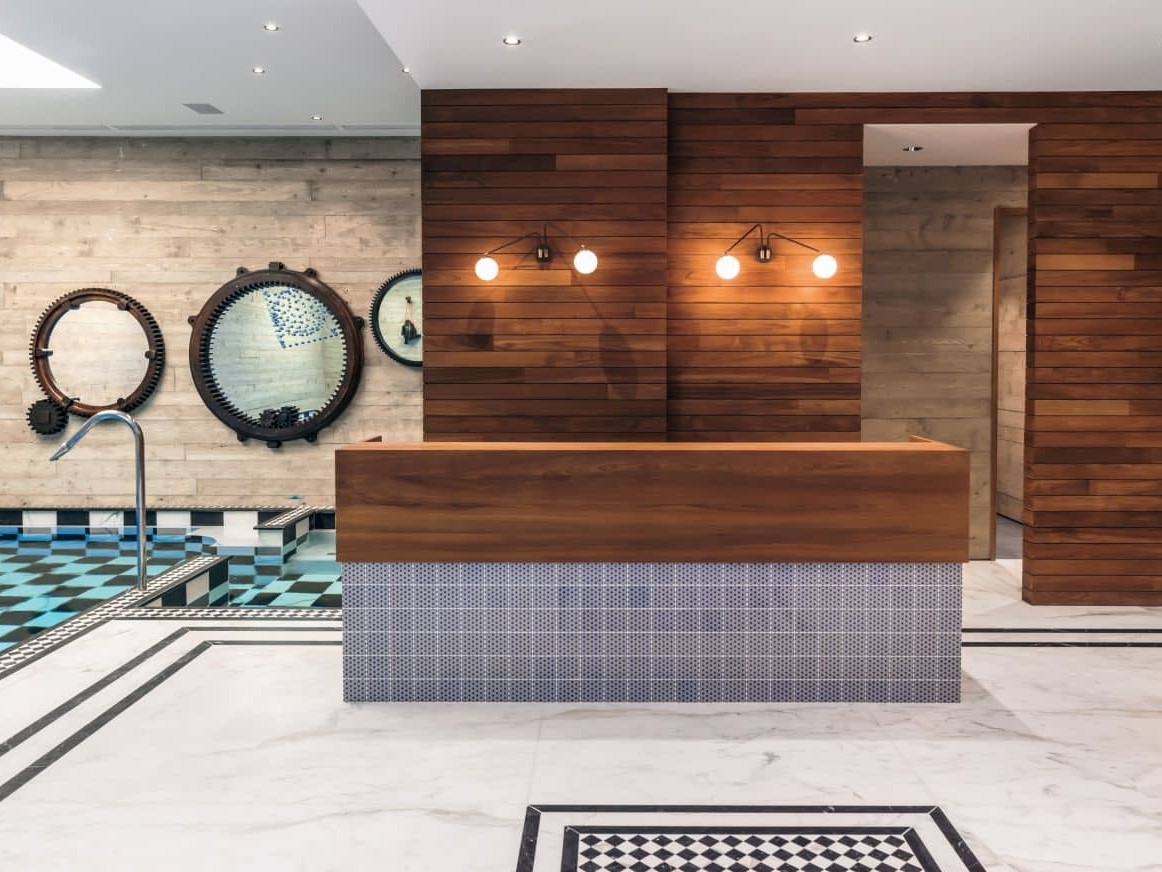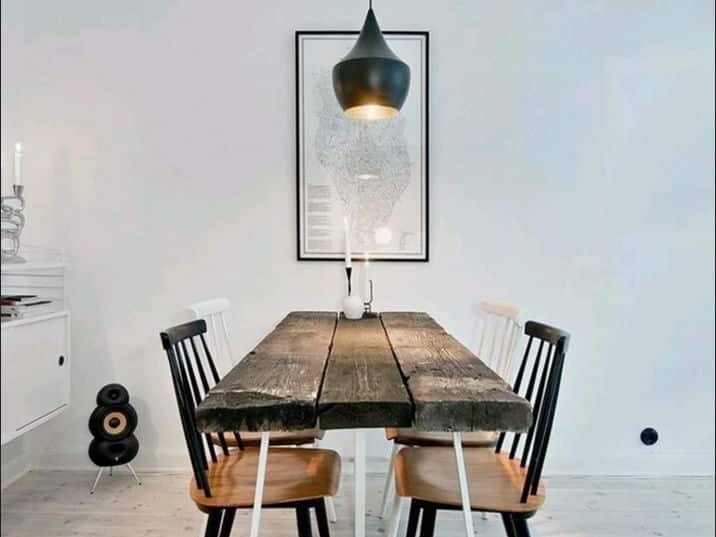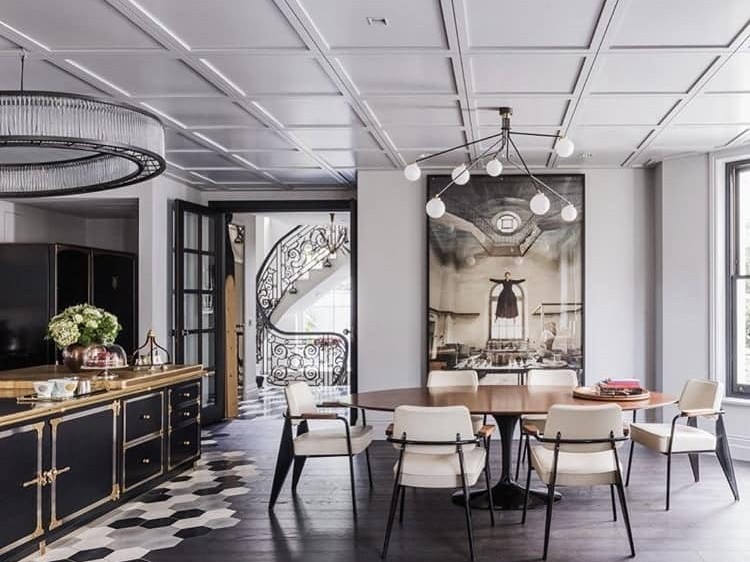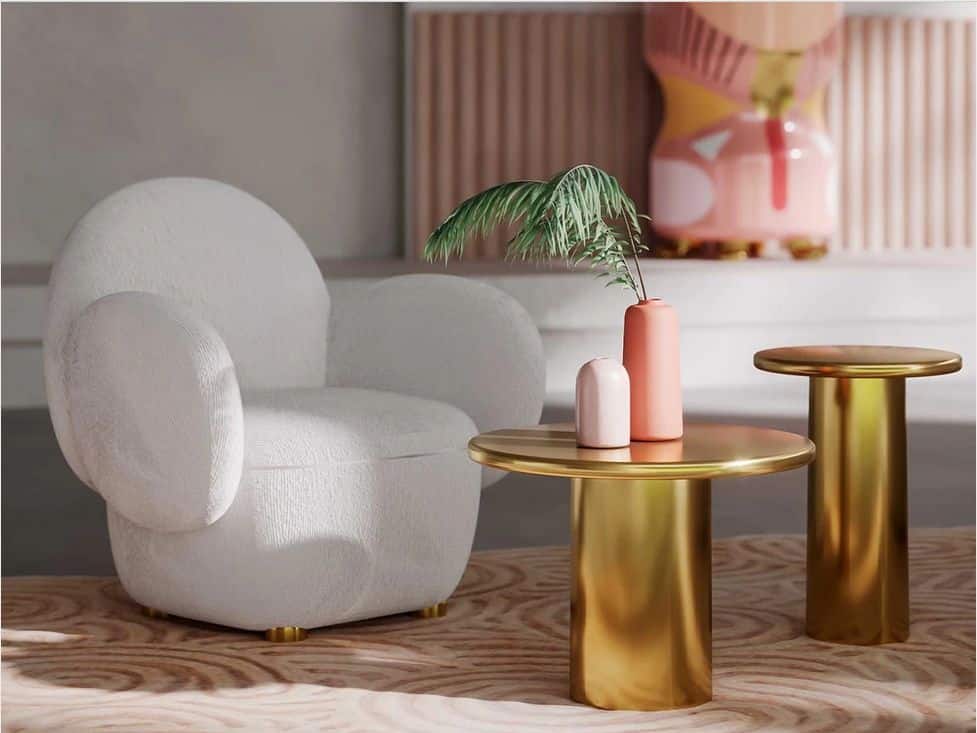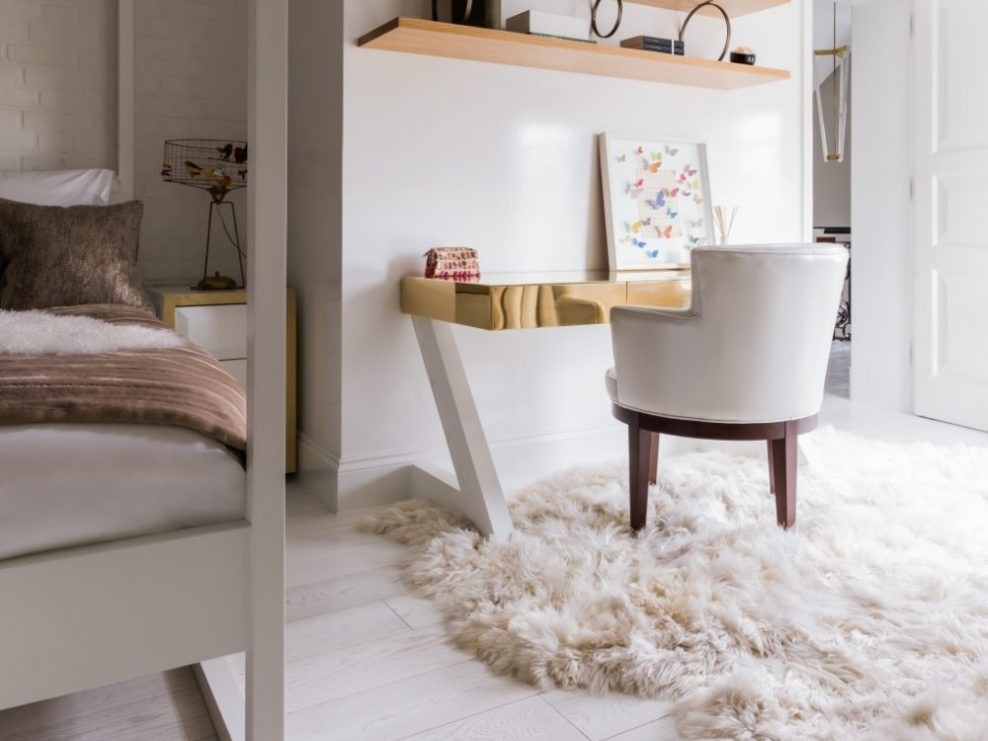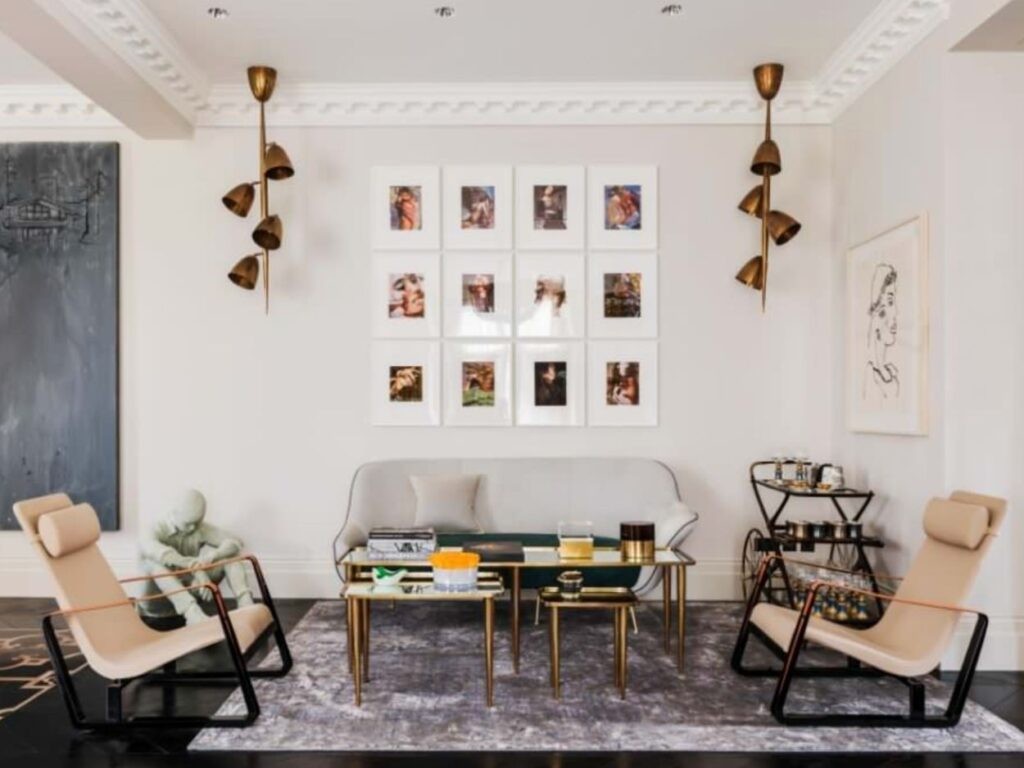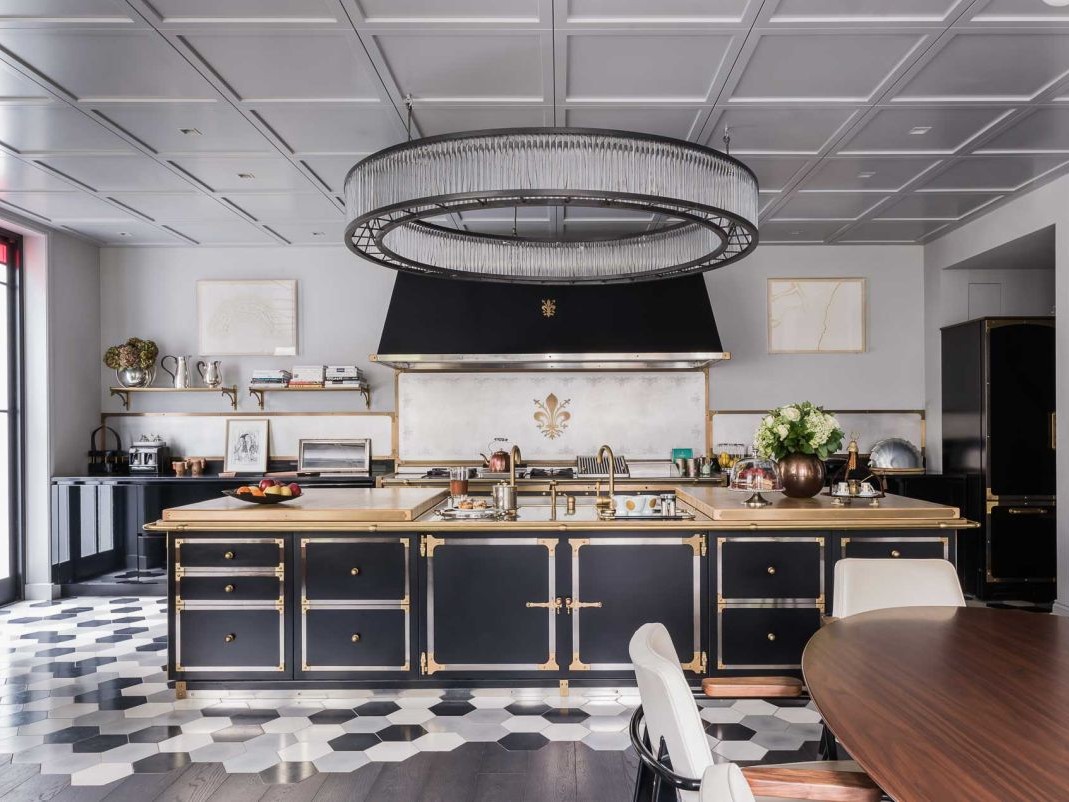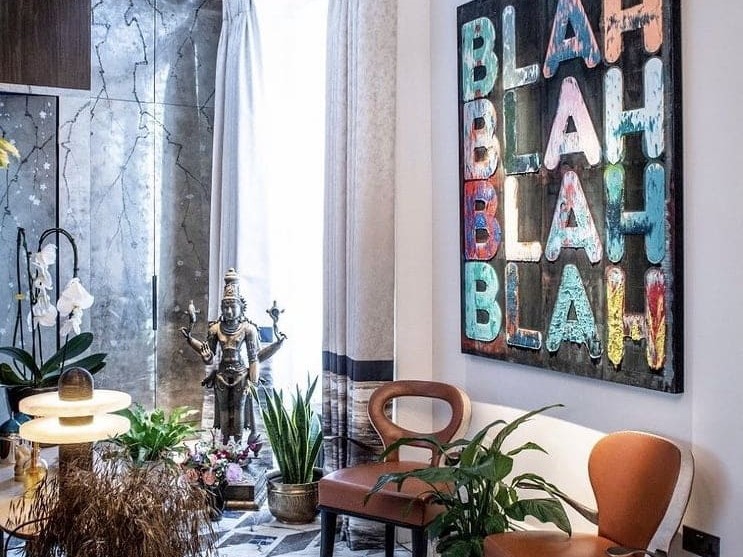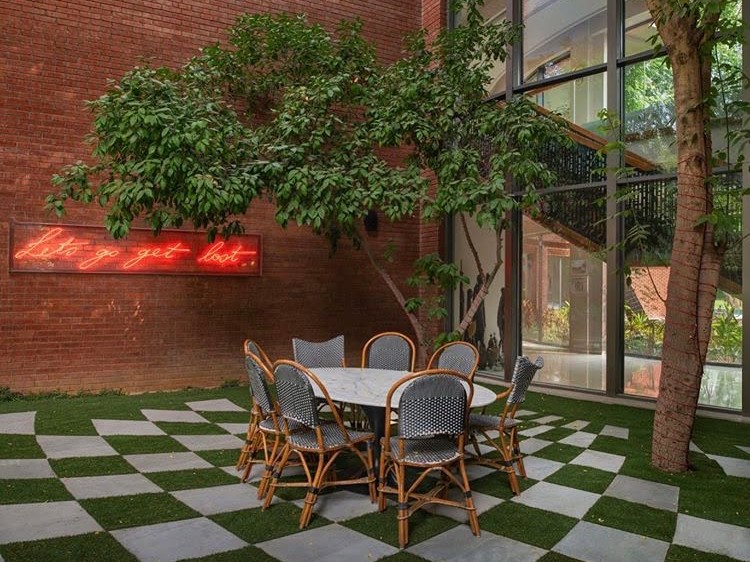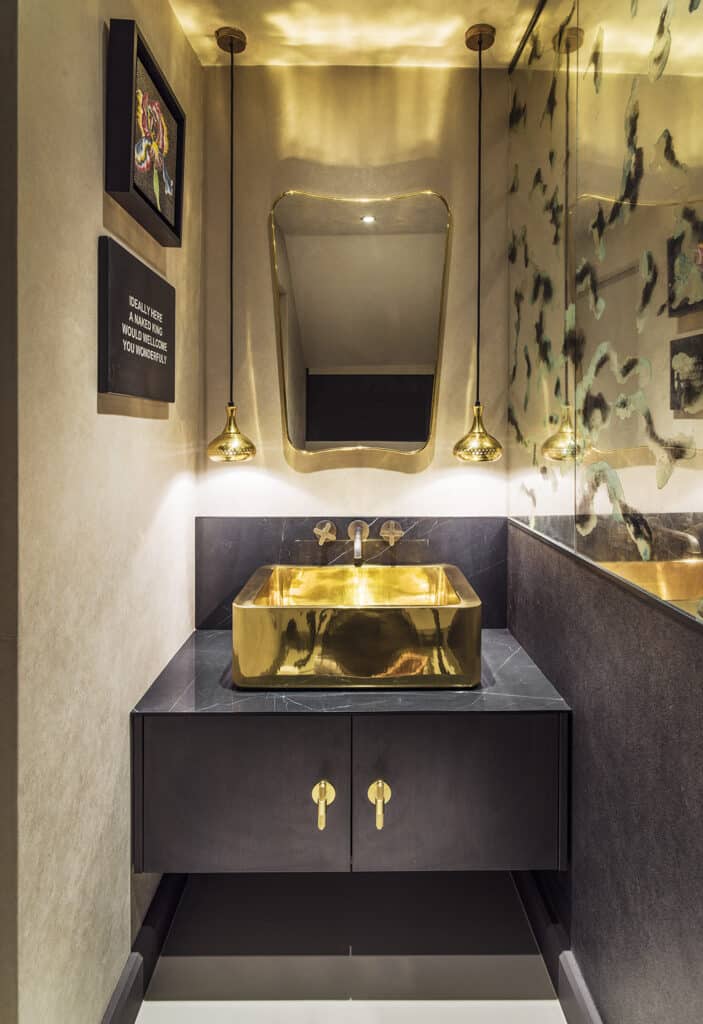
Blending Islamic, Mediterranean and Moroccan styles, modern Arabic design is a wonderful fusion of colours, textures and cultures. From the elaborate ornamentation and interlacing arches synonymous with Moorish architecture to the geometry and structure of Islamic design, Arabic art is celebrated all over the world and now, you can discover how to integrate this timeless style into your own interiors.
To get started, take a look at these top modern Arabic interior design trends and find out how to weave them into your own interior design:
Warm Colours
Traditional Arabic design is known for its warm, enriching colours and you’ll see this palette coming through in more modern interiors too. Moroccan styles tend to incorporate bold colours, like blues, reds and greens, for example, while Islamic interior design often uses more neutral shades interjected with more vibrant colours.
If you want to put a modern twist on your interior and embrace the latest trends, stay true to the warm colours associated with Arabic design but choose hues that offer tone variation to add depth to your design.
Luxurious Fabrics
Often seen in traditional Mediterranean and Moroccan design, luxurious fabrics play a significant role in Modern Arabic interior design also. Plush furniture adds a sense of decadence to any room and the use of tactile fabrics adds another layer of depth to your design. Furthermore, adding luxurious fabrics in the form of sofas, chairs, rugs, and cushions to a room allows you to integrate bolder colours into the space easily, if you choose to.
Silk velvet, damask and even cashmere can all elevate your design and feature in a modern Arabic interior. No matter what colour palette you choose, using luxury fabrics to furnish the space will emulate the traditional aspects of the style.
Strategic Space Layouts
The way you use space has a considerable impact on how a room looks and feels but it also determines its functionality. Unsurprisingly, space layout has been a top priority for centuries amongst designers and you can see how traditional Arabic design used layouts to reflect the purpose of a space.
For Modern Arabic interior design, take the same approach to space layouts and ensure that the proportions of the room and its styling reflect the functionality of the space. When you want to encourage interactivity and conversation, for example, ensure seating is not too far apart. Alternatively, when peace and tranquillity are the order of the day, adjust the layout to afford everyone a little extra space.
Ceiling Design
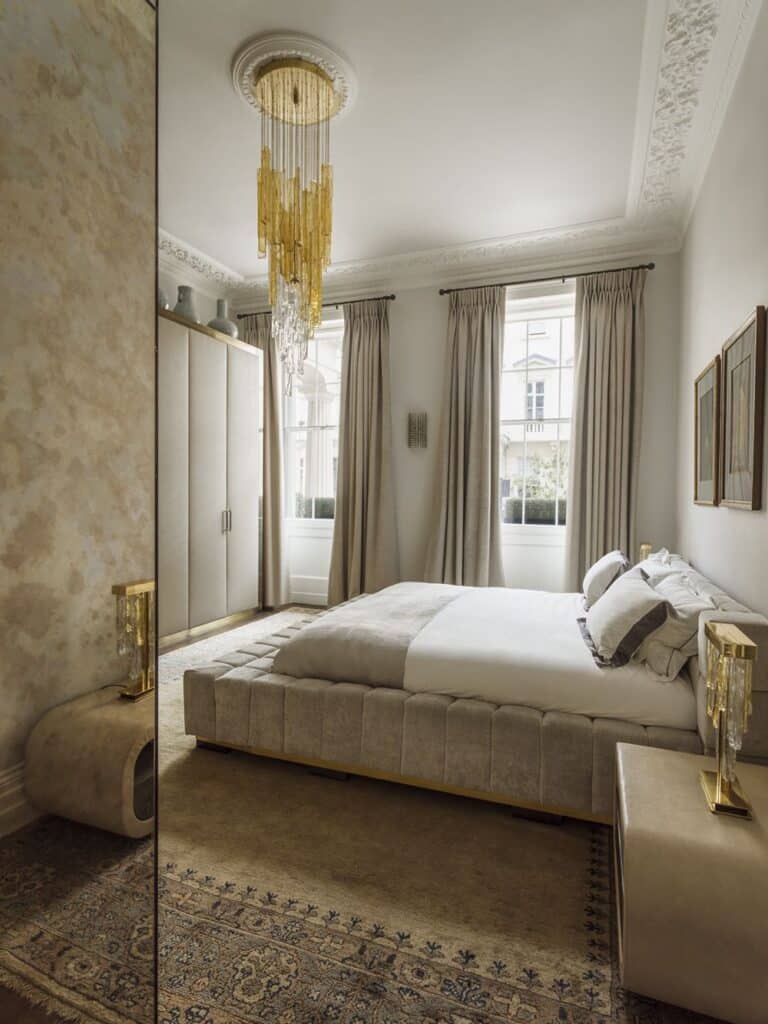
In modern homes, the design potential of the ceiling is often overlooked but one glance at Arabic interior design will highlight just how impactful this element of the room can be. While you may not be able to recreate the glorious ceilings seen in traditional building in a residential property, you can certainly be inspired to use ceiling design to create your own modern Arabic interior.
Recessed ceilings and strategic lighting are effective ways of integrating ceiling design into the overall aesthetic of the room, for example, and this can draw your design together too. A suspended ceiling with clean lines gives a modern, minimalist feel, for example, while ornamental lighting fixtures and chandeliers deliver a traditional feel.
Low-Seated Furniture
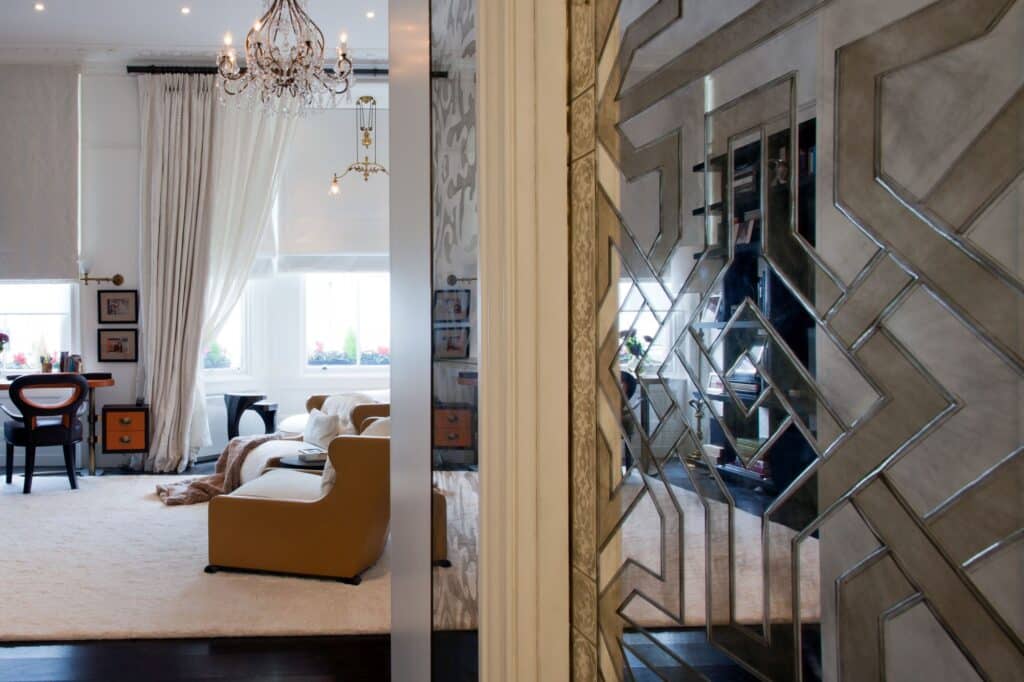
If you want to embrace modern Arabic interior design trends, be sure to feature low-seated furniture in your new space. Hailing from the traditional use of mattresses around the perimeter of a room, low sofas can easily be used to reflect the tenets of Arabic design.
For maximum flexibility, choose modular pieces that can be easily modified to accommodate your needs. When you’re hosting large gatherings or entertaining guests, for example, a modular sofa or ‘diwan’ can provide additional seating without disrupting the flow of your design.
Organic Materials
Organic materials have been used for centuries in interior design but, more recently, they gave way to man-made alternatives. However, the cyclical nature of fashion, combined with the desire for increasing sustainability, means that demand of organic materials is once again on the rise.
If you want to futureproof your modern Arabic interior, choose organic materials that represent those used in a traditional setting. Ethically sourced rosewood, lemon wood and walnut exemplify Arabic design and can be used at the centrepiece of a modern interior, for example. Similarly, cotton, woollen linen and even hemp can be used to incorporate organic fabrics into a modern Arabic interior.
Lighting Effects
Lighting always has a tremendous impact on a room, so be sure to factor this into your design plans. While traditional designs will feature warm lighting, more modern designs can lend themselves to cooler, more contemporary lighting styles. This is especially true for certain spaces, such as home offices, hallways, and kitchens, which typically require brighter lighting to optimise functionality.
When it comes to fixtures and fittings, modern Arabic interior design gives you the perfect opportunity to embrace luxurious light installations and decadent drop lighting. Suspended fixtures and pendant lighting are a fabulous way to draw attention to your ceiling design, for example, and will draw different elements of the space together.
Fine Flooring
Tiles, marble and carpet are all acceptable flooring options if you want to use modern Arabic design to elevate your interiors, but this doesn’t mean that wooden flooring is to be avoided. Adding clean lines to traditional styles is a key element of modern Arabic design and wooden flooring is one way to achieve this. As always, you can use rugs and floor coverings to reflect the space layout and integrate accent colours into your design.
Using Modern Arabic Interior Design in Your Home
Traditional Arabic design is a fusion of styles that has developed over the centuries and the most modern interpretations blend age-old elements with contemporary trends, such as minimalism and muted tones. By adding a modern twist to Arabic design in your home, you can create an interior that’s luxurious, welcoming and decadent while maximising functionality and flexibility.
Related articles
Interior Design Trends For Spring 2023
Expect plush velvets, dusty pastels and a focus on minimalism in our roundup.
Home Interior Design And How To Visualise A Space
From mood to layout, we share the essential aspects to consider when designing a home.
The Art of Curating A Personal Collection At Home
Five ways your art can transform your home with soul, ambience and character.
Creating the Perfect Home Gym: 7 Design Tips for a Personal Fitness Haven
We reveal seven design tips for the ultimate, motivating workout space.
Open Concept Kitchen: Creating a Seamless Flow between Cooking and Living Spaces
Maximising your social and cooking space in an open-concept kitchen


